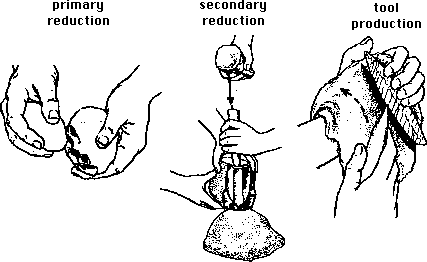
Figure 5: technological reduction sequence
Technology is divided into primary reduction, secondary reduction and typology. Primary reduction techniques are concerned with the reduction of nodules to cores, the kind of cores produced and the technology involved, for example the use of anvil technique to produce bi-polar cores. Secondary reduction techniques are those involved in producing blanks from cores and include such aspects as blade and flake technology, use of hard or soft hammer and micro-burin technique for the production of microlith blanks. Typology is concerned with tool production and the techniques of retouch, including such aspects as pressure flaking, burin technique and the differences in retouch; both of placement (direct, inverse, etc.), and type (abrupt, invasive, etc.). Figure 5 illustrates this reduction sequence. In the example, primary reduction is by direct percussion to remove the cortex and shape the core. Secondary reduction is by punch technique to produce blades. Tool production is by pressure flaking to produce, for example, a bifacial lanceolate point (see Helskog et al. 1976, 33).

Figure 5: technological reduction
sequence
For a comparison of technologies between Farsund and Kvernepollen, the discussion will be limited to flint because the presence of a significant amount of quartzite at Kvernepollen (17%) as opposed to its absence at Farsund (Fig. 6), affects the overall technology. The technology used with quartzite is affected by the nature of the raw material so that comparison between technologies on different raw materials is less reflective of cultural choices. For example, it is difficult to use blade technology with quartzite, so blade technology is less likely to be 'chosen'.
The technologies used are similar a with a slight preference for blade technology at Farsund (Fig. 6) and both sites have 2 crested bladelets (ryggflekke) demonstrating the deliberate preparation of cores for bladelet production. Carefully made conical and cylindrical bladelet cores were found at Farsund whereas only core fragments were found at Kvernepollen (complete cores perhaps being removed for later use).
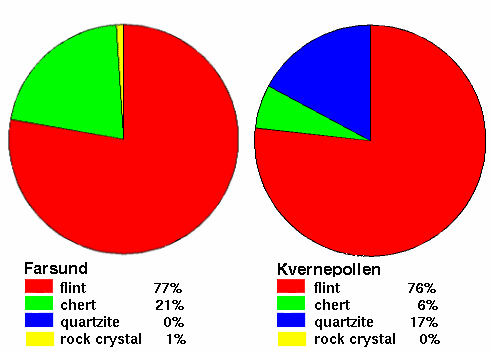
Figure 6: raw materials- a:Farsundand b:Kvernepollen
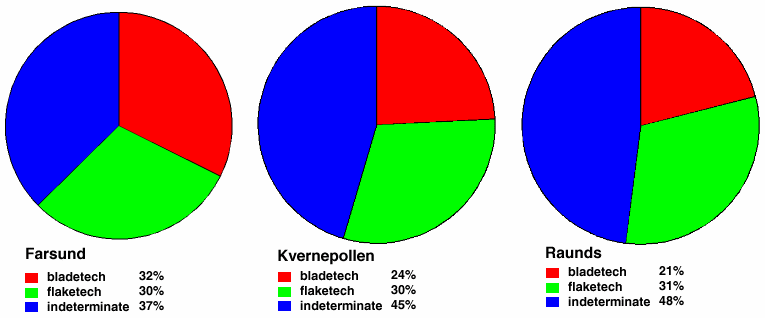
Figure 7: flint technology a: Farsund b: Kvernepollen
c: Raunds
Blade technology simply means the deliberate production of blades. A 'technological' blade must be at least twice as long as it is wide (i.e. the definition of a blade blank). In addition it must have parallel sides and parallel dorsal ridges and (if the platform is intact) a prepared platform. The parallel dorsal ridges mean that it is within the process of reduction of a number of blades rather than being a 'one off'. Broken pieces, if they have the above technological criteria but are not twice as long as they are wide, are considered as broken 'technological blades'. Flake technology can produce blanks with a length:breadth ratio >2, and therefore are blade blanks, but if they do not have the above technological features they are a product of flake technology even though they are blade blanks. This avoids using such cumbersome terms as blade-like flakes. Such a piece wouldbe a blade blank made with flake technology. These criteria are appliedby the use of an expert system (Grace 1993),so that the amount of blade technology at different sites is directly comparable, and not influenced by any a priori expectations of what kind of technology should be found at a site of a particular period. Blade production can be carried out in a number of ways; by direct percussion with hard or soft hammer, indirect percussion,punch technique (see Fig. 5),etc. Often a combination of these techniques is used to accommodate the vagaries of individual stone nodules. Technological comparison is limited to secondary reduction techniques because of the lack of complete cores at Kvernepollen and the small numbers of typological tools at both sites (Kvernepollen n =12, Farsund n = 20).
Considering blank types, more blades/bladelets were produced at the Mesolithic site of Farsund as might be expected (Fig. 7).
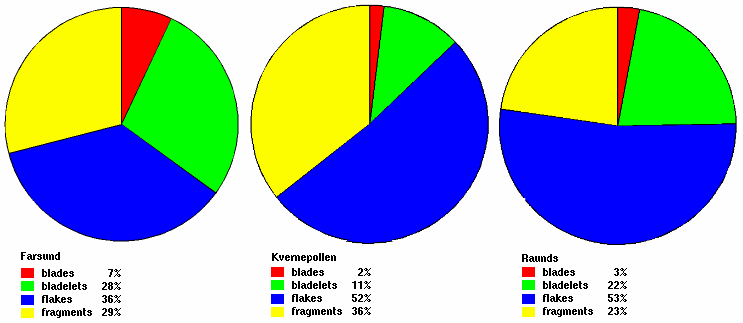
Figure 8: flint blanks- a: Farsund b: Kvernepollen c: Raunds
This pattern continues when considering which blanks were chosen for
use (Fig. 9).
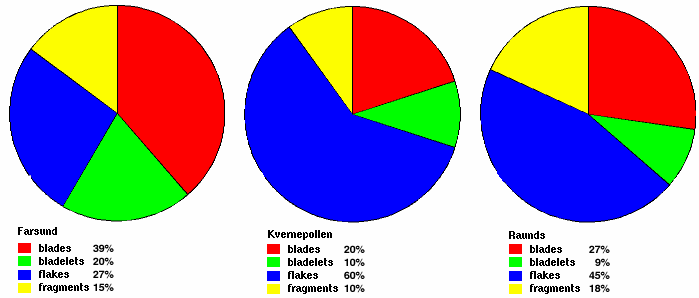
Figure 9: used flint blanks- a:
Farsund b: Kvernepollen c: Raunds
The choice here is that though both groups possess the same technological capability, the knappers at Kvernepollen chose to produce proportionately more flakes and show an even more marked preference in choosing flakes for use. Perhaps this sequence merely reflects the time difference between a Mesolithic site and a Bronze Age site following the general trend to produce larger flake tools in the Bronze Age, rather than the production and use of blades/bladelets in the Mesolithic.
However, the Raunds Mesolithic site has a very similar technological configuration to Kvernepollen (Fig. 7), although the Raunds Mesolithic site uses the same technology as Farsund to produce more bladelets (Fig. 8). When choosing which blanks to use the people at Raunds chose blades (as opposed to bladelets) and flakes,that is, the larger blanks in a similar way to the people at Kvernepollen, but different to the people at Farsund who choose relatively more bladelets as opposed to flakes to use (Fig. 9).
So though all three sites have similar technologies they use those technologies in different ways to produce different blanks and then choose different blanks to use. These choices are not related to chronological period.
It has been assumed that technologies developed in chronological sequence. In the post-glacial period, the Mesolithic is considered synonymous with bladelet production, followed by flake production in the Neolithic and Bronze Ages. The example of Kvernepollen demonstrates that blade production was also carried out in the Bronze Age as well as in the Mesolithic. Also flake technology is used throughout the post-glacial period. For the three sites mentioned here, the relative amount of flake technology remains consistent (Farsund 30%, Kvernepollen 30%, Raunds 31%). There may be a general trend towards flake production but a simple linear technological sequence is not the case.
©
Internet Archaeology
Last updated: Thu Mar 20 1997